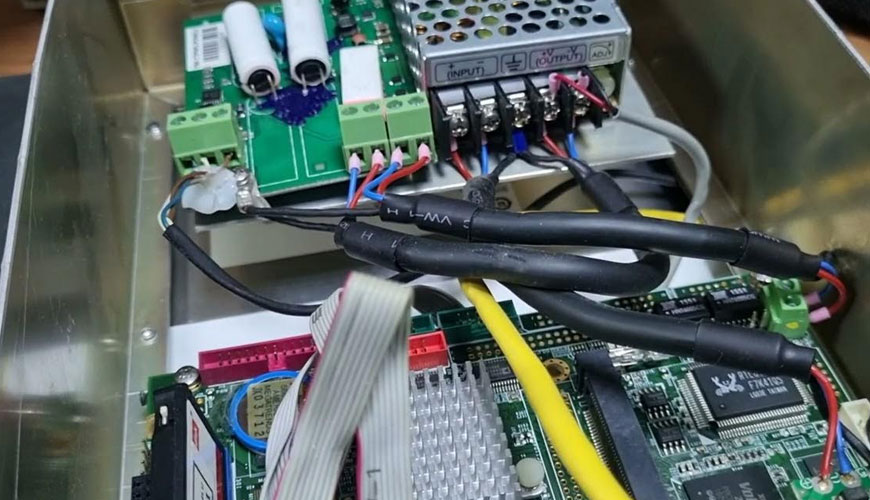

EUROLAB, with its state-of-the-art accredited laboratories and expert team, provides precise and fast testing services within the scope of IEC EN 60721-2-9 testing. IEC EN 60721-2-9 is used to define a strategy for achieving an environmental identification from measured data when it relates to the life cycle of a product. Its purpose is to define key properties and quantities for the characterization of shock and vibration data during storage, transport and use as background material for the severity to which products may be exposed at these stages of their life cycle.

This part of IEC EN 60721 is designed as part of an environmental identification strategy from measured data from multiple locations when a product is stored, transported or in use in weather protected or unprotected locations. These measured data are normally in the form of acceleration versus time records. This will allow appropriate severity ratings to be selected from the IEC EN 60068-2 series of shock and vibration test methods. Environmental levels given in IEC EN 60721-3 should be applied after updating according to the strategy described in this standard.
Shock and vibrations measured at storage, transport platforms, and use locations can vary significantly from a basic sinusoidal character to pure random character that may or may not itself be normally distributed. Second, it can be reasonably assumed that the process is a collection of complexly mixed normally distributed random waves of different amplitudes.
Rarely the real world environment can be classified as a purely sinusoidal vibration and is normally associated with a separate excitation mechanism such as rotating machinery, air motors, propellers and is normally confused with the associated random vibration process. In this case, the spec author has to decide whether to perform just a random jitter test or one of the mixed mode tests.
Track environments depend on suspension design, which is air-based on modern trains. However, not all trains are modern, especially when it comes to freight transport, so wide frequency range environments extending to high levels and high values can be envisaged. The air-based suspension system provides a very smooth, thus generally low-level, low-frequency environment.
EUROLAB assists manufacturers with IEC EN 60721-2-9 test compliance. Our test experts, with their professional working mission and principles, provide you, our manufacturers and suppliers, the best service and controlled testing process in our laboratories. Thanks to these services, businesses receive more effective, high-performance and quality testing services and provide safe, fast and uninterrupted service to their customers.
To get an appointment, to get more detailed information or to request an evaluation, you can ask us to fill in our form and reach you.